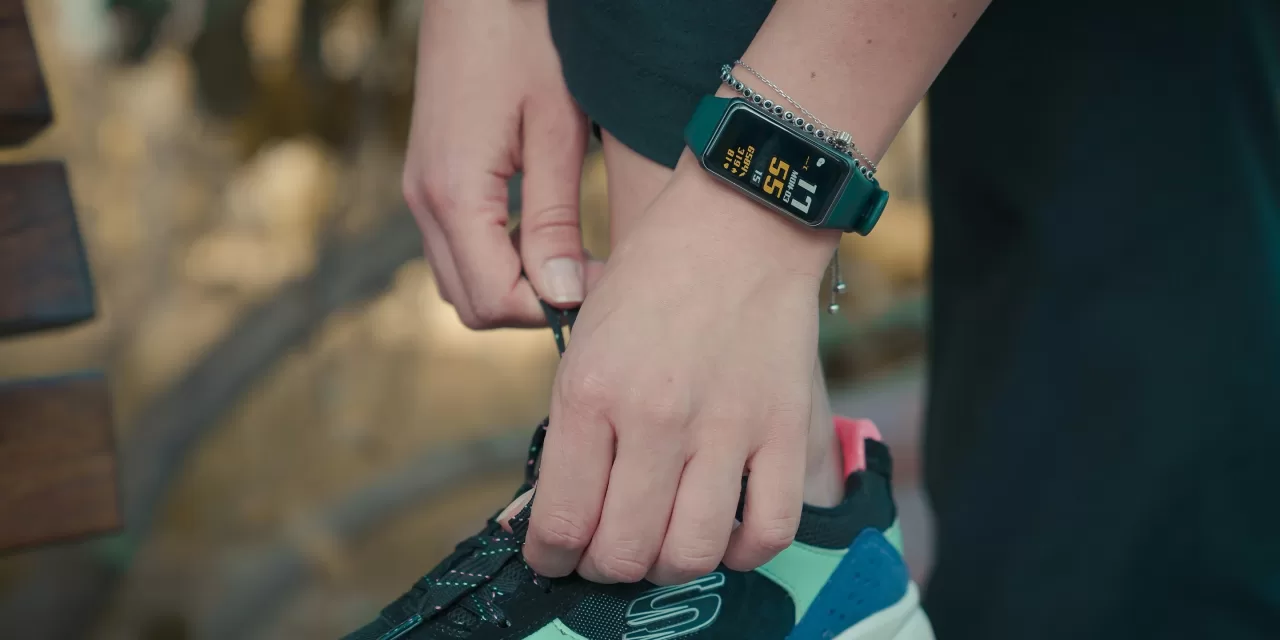Carnegie Mellon University’s Future Interfaces Group Unveils “Power-over-Skin” Technology
In a breakthrough that could revolutionize wearable technology, scientists at Carnegie Mellon University’s Future Interfaces Group have developed a method to power wearable devices directly through contact with human skin. Dubbed “Power-over-Skin,” the technology allows devices like smartwatches and fitness trackers to be powered without an internal battery, drawing energy from a central transmitter worn on the body.
The principle behind Power-over-Skin resembles self-winding mechanical watches, but the new technology goes a step further by transferring electrical power wirelessly. The team discovered that the human body can effectively conduct 40 MHz RF energy, making it an ideal medium for energy distribution. This innovation could mean that, in the future, wearables no longer require bulky batteries, allowing manufacturers to create smaller, lighter, and more versatile devices.
How Power-over-Skin Works
The Power-over-Skin system functions by sending power from a single transmitter—perhaps built into a smartphone, VR headset, or even a shoe—across the body to multiple small devices attached to the skin. By conducting energy through skin contact, devices like LED earrings, calculators, and Bluetooth rings were powered in lab tests without internal batteries.
Researchers Andy Kong, Daehwa Kim, and Chris Harrison explored the effectiveness of different transmitter placements. Results showed that power transmission was strongest when the transmitter and receiver were closer to one another, such as having a transmitter on the forearm and a receiver on the wrist.
Potential Benefits and Applications
Eliminating the need for batteries in wearables opens doors to new possibilities. By shedding bulky power sources, designers can build sleek, lightweight medical patches for monitoring health metrics continuously. Power-over-Skin technology also offers environmental advantages by reducing the number of batteries needed, thus lowering the ecological footprint of each device.
While Power-over-Skin is not designed to support high-power devices, researchers believe it is well-suited for lower-energy wearables such as smartwatches, fitness trackers, and health monitors. In addition, the technology successfully powered microprocessors, digital displays, and wireless communication modules optimized for minimal energy consumption.
Addressing Health and Safety Concerns
One of the challenges facing Power-over-Skin technology is ensuring user safety. The researchers were careful to avoid creating RF energy “hotspots” on the skin, which could cause discomfort or potential health issues. Although no participants reported any pain or discomfort during testing, more studies will be needed to confirm the technology’s safety for extended use.
Looking Ahead
If Power-over-Skin proves safe for long-term use, it could transform how we power wearable technology. Future developments could include more efficient energy delivery, enabling even broader applications. For now, this breakthrough opens an exciting frontier where wearables are slimmer, lighter, and powered by the body itself—making the technology more accessible, environmentally friendly, and sustainable.
As advancements continue, battery-free wearables may soon become a reality, redefining the potential of modern technology and moving us one step closer to a more connected, efficient future.












